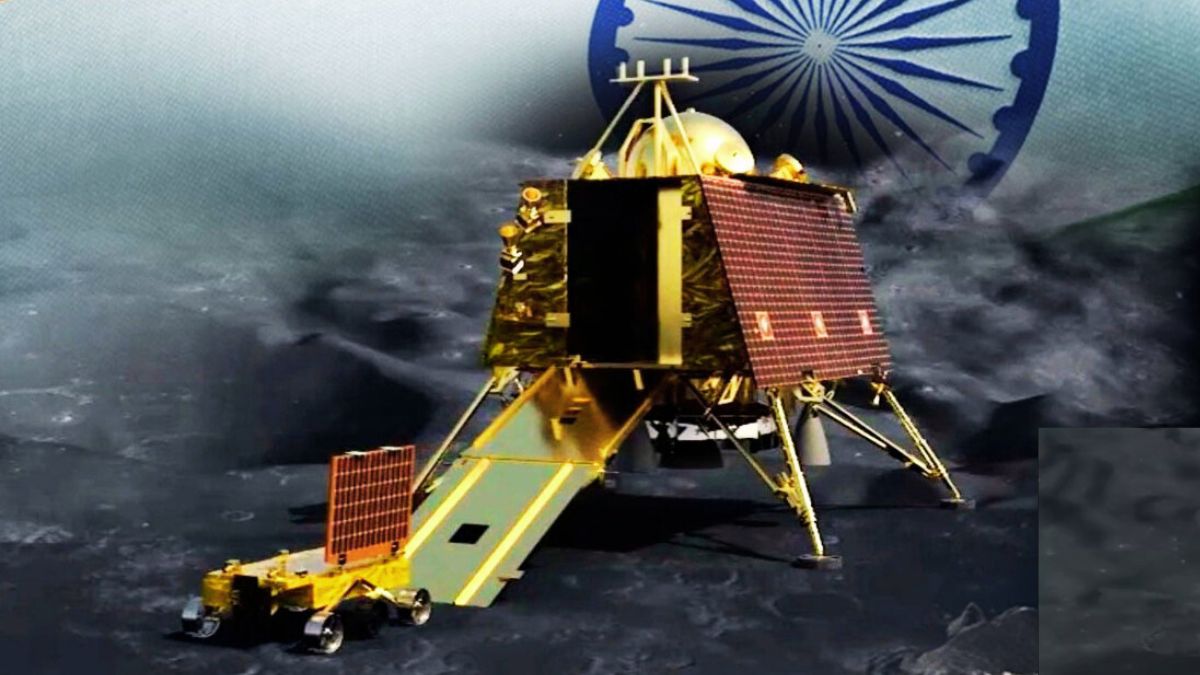- By Kamal Kumar
- Sat, 21 Oct 2023 02:10 PM (IST)
- Source:JND
Chandrayaan-3, the third tranche in India's ambitious lunar exploration missions, landed near the south pole of the moon on August 23 this year. This achievement made India the fourth country globally to land on the moon, following the United States, Russia, and China, and notably the first to land on the lunar south pole.
The exploration mission, which involved the lander Vikram and rover Pragyan, remained operational for one lunar day or 14 Earth days before the Indian Space Research Organisation (ISRO) put it to sleep mode on September 4 in the hope of reviving it after a long, cold and dark night of 15 days. The agency tried to revive the mission after the stipulated lunar dark, but 'it did not wake up.'
ISRO's chief S Somnath, who gained prominence due to the organization's back-to-back mission successes, made a poignant comment on Chandrayaan's falling into a perpetual cosmic sleep.
"Now it is sleeping peacefully there. Let it sleep well. Let us not disturb it. When it wants to get up on its own, it will, that's what I want to say about it right now," said a smiling Somnath to reporters while addressing a gathering at Manorama News Conclave 2023.
Also Read: Social Media, Commercialisation And More, A Look At New Bharat's ISRO
While recounting the substantial outcomes of the mission, he noted that all the mission objectives of the Chandrayaan-3 mission, such as soft landing, demonstration of roving capabilities, and subsequent experiments for the next 14 days, were aptly completed.
What happened to Chandrayaan-3:
After the lander Vikram and rover Pragyan were powered down, and subsequent efforts to revive them failed, the most important question of 'what will happen in the future' arose. According to a comment made by the ISRO chief, due to high radiation and cold, recharging the batteries would be a daunting task. This might happen itself as he also emphasized that he still hopes to see them coming back to life again.
However, according to a report by India Today, there is a big threat to this 'hope'--Micrometeoroid. These are very small-sized meteoroids that keep on hitting the lunar surface, under the influence of lunar gravity. Instances of damage were also reported on earlier lunar missions, including the United States' Apollo.
Way ahead:
There is no definitive time as to when our Chandrayaan will wake up, but there's 'hope.' ISRO has maintained that it will keep attempting the revival. Meanwhile, a large amount of scientific data, stored in the agency's data centres, is yet to be processed. This data will help the scientific community to unearth thousands of hidden mysteries surrounding our only satellite.
In other words, we will keep hearing about the mission's 'yet to come' discoveries, while rejoicing Gaganyaan and Aditya L-1, the newest leaps that our nation is taking in space. Everything while hoping for a reply from the skies because 'Hope is a good thing, maybe the best of things, and no good thing ever dies.'
(Quote taken from Shawshank Redemption)

